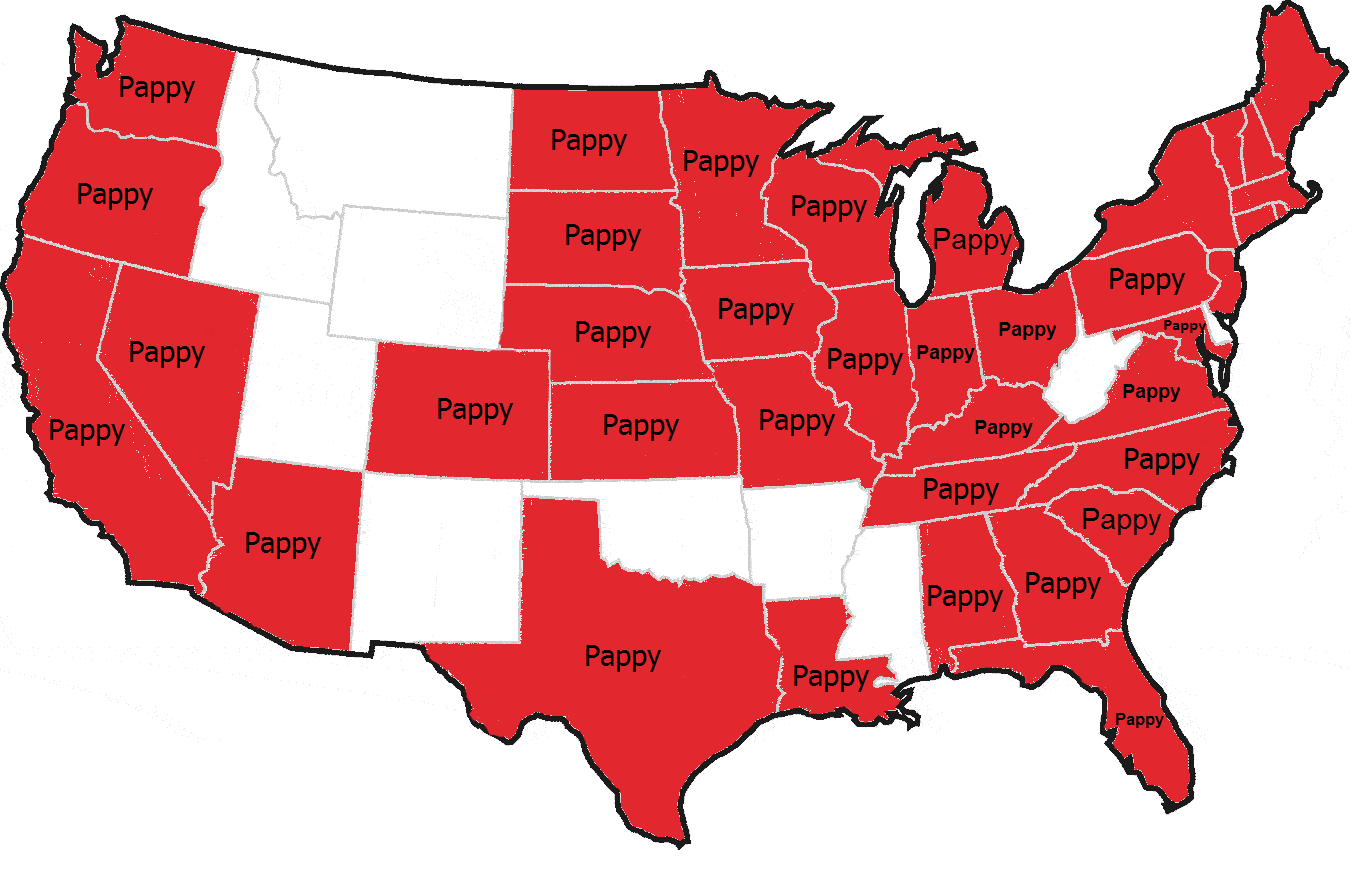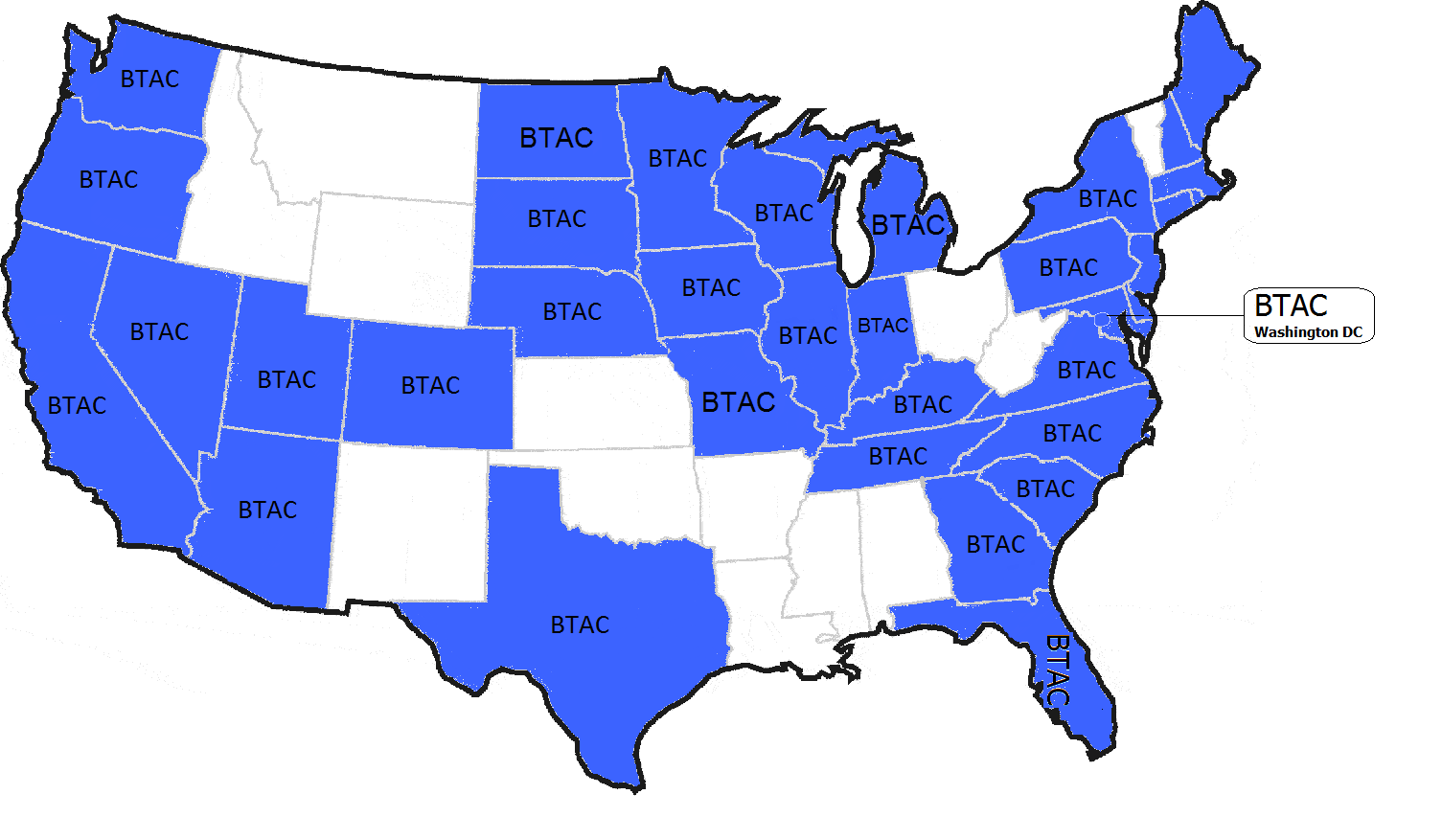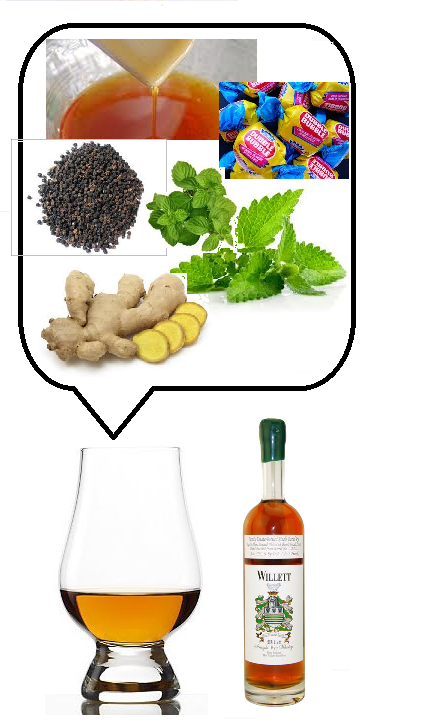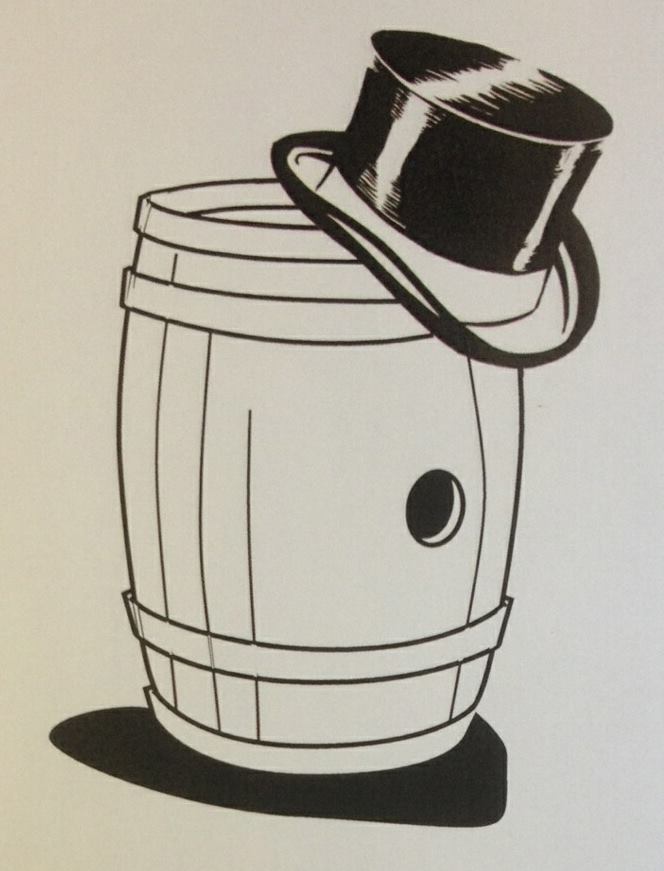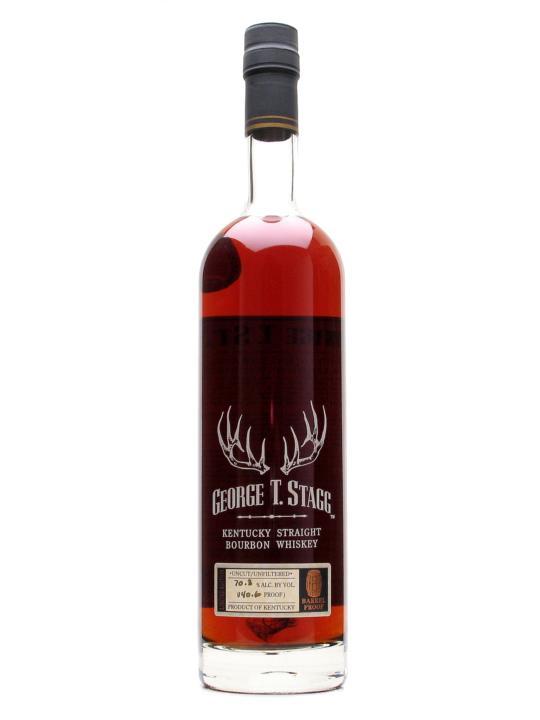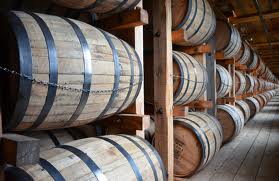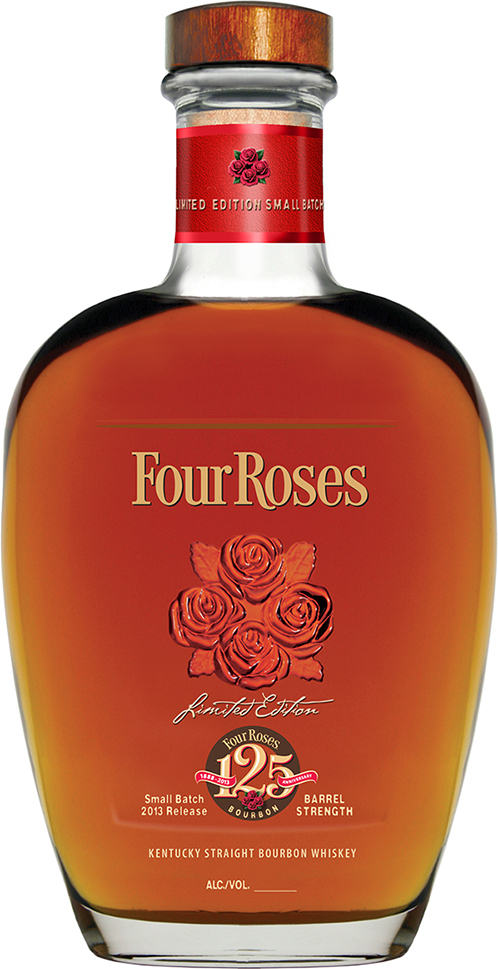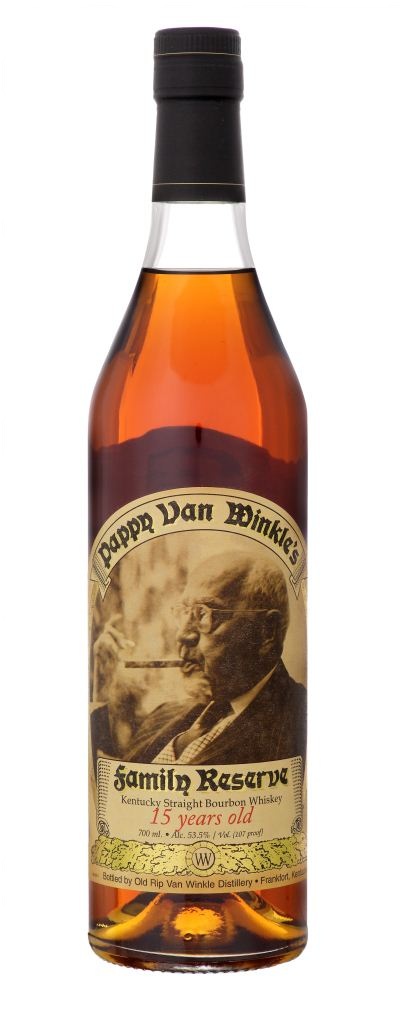Bourbon Heritage Month:
A Brief History of Bourbon
At Bourbonr.com we figured the best way to close out what has been a great National Bourbon Heritage Month would be a quick history lesson on Bourbon. Today’s post was written by Stephen Lowery aka The Bourbon Snob. Just out his website
TheBourbonSnob.com for even more great information. You can also find him on Twitter at
@TheBourbonSnob
Enter The Bourbon Snob:
History…… Definitely not one of those subjects that gets rave reviews from most people when you are discussing your education. What about the history of America? I think that its a great story; people looking for freedom, coming to a new world, working to make this the best Nation in the world, and Bourbon!
What does bourbon have to do with America? Everything! Congress named Bourbon “Americas Native Spirit” in 1964, in 2007 the US Senate named September National Bourbon Heritage Month, and most importantly, it can only be made here in the U.S.A. Bourbon’s beginnings are convoluted and there is not much documentation to prove how it came to be. Through out this post, I will hit some high points of bourbon’s history and lore as we close out Bourbon Heritage Month, 2013.
America is full of different cultures and people and this is where bourbon has its roots. As settlers came from Europe they brought with them the “ways of the old world,” which included distillation of usquebaugh, also known as “Water of Life,” later pronounced “usky” and then “whisky” in English. As settlers pushed West after the American Revolution they discovered the limestone rich waters of what is now Kentucky. The limestone filters the metal from the water and the water contributes calcium to help control pH and promote yeast growth during fermentation. Therefore, starting with iron free limestone water that is rich in calcium produces the highest quality whiskey. The water must be completely free of iron. The presence of iron will turn the whiskey a black color instead of the pleasing gold hue that develops during maturation.
Evan Williams was the first commercial distillery in America and opened its doors in 1783 on the banks of the Ohio river in Louisville. A marker has been placed at the site, though the distillery is long gone.
Elijah Craig has been credited as the “inventor of bourbon,” but that cannot be totally proven. Stories say that Craig was the first to char a barrel. He charred the barrel not to age the corn whiskey but to get rid of any food flavors that had previously been stored in the barrel. White Dog (the name for this un-aged bourbon) was shipped down stream to New Orleans. Once the barrels were charred, this changed the white dog to the beginnings of what is now bourbon and distillers curiosity began to grow and wonder how much better would it be if we aged it longer?
The Whiskey Rebellion in 1794 was the Federal Governments first real test of its ability to enforce laws. Farmers were in protest of the Whiskey Excise Tax and President Washington sent 13,000 militia to deal with the rebels, but the rebels disbanded and no conflicts happened.
Jacob Beam came on the scene in 1795. The Beam name is now the best selling bourbon in the world.
Dr James C. Crow developed Sour Mash in 1823 at the Pepper Distillery. The Pepper Distillery is now Woodford Reserve. The sour mash technique is when they reuse some yeast for the next fermentation. This method is used by most distillers today.
Another unknown about bourbon is the origin of the name. Some say it got its name from Bourbon County Ky, others say Bourbon Street in New Orleans. Both places were originally named for the French Royal family. In 1840 it was officially called bourbon. Before that it was often labeled Bourbon County Whiskey or Old Bourbon County Whiskey.
The Civil War lasted between 1861 and 1865. During these years there was a whiskey shortage. Lots of the major battles happened in areas where there were distilleries and many of the employees quit their jobs to fight in the war.
The Ripy family opened a distillery in Lawrenceburg Kentucky in 1869. That distillery is know today as Wild Turkey. The bourbon got the name Wild Turkey in 1940 when Thomas McCarthy, a hunter and distillery executive, brought a private supply of bourbon along with him on an annual wild turkey hunt with his friends. The following year the good old boys requested more of the same bourbon referring to it as “Wild Turkey.” Mr. McCarthy later honored his friends by turning the nickname into a legendary brand of Kentucky bourbon.
In 1872 A. PH. Stitzel Distillery was established. It wasn’t until the early 1900’s that the A. Ph. Stitzel Distillery becomes significant in bourbon whiskey’s history. Julian P. Van Winkle, Sr., or “Pappy,” and a partner acquired the distillery, which was known for it’s excellent sour mash whiskey. Just before Prohibition, Pappy began producing Old Rip Van Winkle Bourbon and he later became the oldest active distiller at age 89. During the country’s dry period, the Stitzel-Weller Distillery held one of the few licenses to produce medicinal whiskey and when the country was once again wet; they produced brands like Old Fitzgerald, Cabin Still and Rebel Yell. It was not until 1972 that Pappy’s son, J.P. Van Winkle, Jr., resurrected the original Old Rip Van Winkle brand, which lives on today.
In 1897 Colonel Edmund Haynes Taylor Jr. helped to pass the Bottled in Bond Act. This act would help to guarantee that the consumer was receiving a quality product. Bottled in bond refers to American-made spirit that has been aged and bottled according to a set of legal regulations contained in the United States government’s Standards of Identity for Distilled Spirits (27 C.F.R. 5.21, et. seq.) A descendant of two U.S. presidents, James Madison and Zachary Taylor, you might say that E.H. Taylor, Jr. had leadership and ambition in his blood. While Madison went down in history as the “Father of the Constitution,” E.H. Taylor, Jr. sealed his own prestigious legacy as the “Father of the Modern Bourbon Industry.”
From 1920-1933 the Temperance Movement got what they wanted when the U.S. Congress passed the 18th Amendment, prohibiting the manufacture and sale of alcohol. The entire adult beverage industry was shattered, hundreds of businesses were shut down and many went underground. The majority of bourbon distilleries were closed, many to never reopen, but a few, like the Samuels and Beam families, came back after the repeal of Prohibition and resurrected the craft of bourbon distilling. The government issued 10 licenses to produce whiskey for medicine during the time, only six of which were ever activated. One of those companies was Brown-Forman, who now produces Woodford Reserve Bourbon on the site of the Prohibition era distillery.
On May 4, 1964, the United States Congress recognized Bourbon Whiskey as a “distinctive product of the United States.” The Federal Standards of Identity for Distilled Spirits (27 C.F.R. 5.22) state that bourbon must meet these requirements:
* Bourbon must be made of a grain mixture that is at least 51% corn (maize).
* Bourbon must be distilled to no more than 160 (U.S.) proof (80% alcohol by volume).
* Neither coloring nor flavoring may be added.
* Bourbon must be aged in new, charred oak barrels.
* Bourbon must be entered into the barrel at no more than 125 proof (62.5% alcohol by volume).
* Bourbon, like other whiskeys, may be bottled at not less than 80 proof (40% alcohol by volume.)
* Bourbon that meets the above requirements and has been aged for a minimum of two years may (but is not required to) be called Straight Bourbon.
* Straight Bourbon aged for a period less than four years must be labeled with the duration of its aging.
* If an age is stated on the label, it must be the age of the youngest whiskey in the bottle.
* Only whiskey produced in the United States can be called bourbon.
In 1999, the Kentucky Distillers’ Association formed the Kentucky Bourbon Trail® tour to give visitors a firsthand look at the art and science of crafting Bourbon, and to educate them about the rich history and proud tradition of Kentucky’s signature spirit. There are a total of 8 stops currently on the trail which include Four Roses, Woodford Reserve, Town Branch, Heaven Hill, Wild Turkey, Makers Mark, Jim Beam, and the Evan Williams Bourbon Experience. While visiting, you are given a passport that is stamped at each location. Upon completion you receive a free t-shirt.
In August 2007, the United States Senate declared that September be recognized as National Bourbon Heritage Month. While this may not have much impact with the average consumer, it is an honor for the craftsmen in the bourbon industry. The designation is designed to celebrate “America’s Native Spirit” and the significant historical, economical and industrial role the bourbon industry has played in the country’s history.
Today there are more barrels of bourbon in Kentucky (4.7 Million) then there are people (4.3 Million) and Kentucky produces 95% of America’s bourbon. Bourbon is the largest export category of all U.S. spirits, shipping 28.7 million proof gallons to 126 different countries in 2010 (up from 25 million gallons in 2008). About 9,000 people owe their paychecks to the distilling industry, with a total annual payroll of $413 million. Distilleries and their employees have contributed millions to charities and volunteered thousands of hours of time to improve the quality of life in their communities and in efforts to fight underage drinking, drunk driving and alcoholism. Distilling contributes nearly $2 billion in gross state product each year, and has more than doubled its importance to the state’s overall economic activity in the last 13 years. Bourbon is a booming business and the future looks bright.
I hope you have enjoyed this tour of bourbon’s history. To learn more, hit the
Kentucky Bourbon Trail and take a tour. I might even see you there. I hope everyone had a great Bourbon Heritage month!!
Want to review Bourbons and build your Whiskey Library? Start Here
